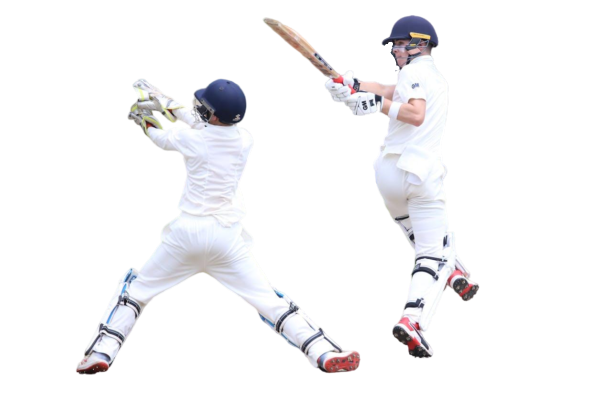Contents
Cricket Power Play Rules
Mastering the Momentum: A Deep Dive into Cricket Powerplay Rules
Dominate the Early Onslaught: A Guide to Powerplay Rules in ODI and T20 Cricket
In the thrilling world of ODI and T20 cricket, the powerplay overs hold immense strategic significance. This phase acts as a battleground where batsmen unleash their aggressive instincts, and bowlers strategize to restrict the initial flow of runs. Understanding the powerplay rules is crucial for both fans and aspiring players to grasp the game’s intricacies. This comprehensive guide delves into everything you need to know about powerplay rules, empowering you to decode the early overs’ tactical nuances.
What is Powerplay(Cricket Power Play Rules)?
Powerplay refers to a specific period within an innings where fielding restrictions are imposed. This regulation aims to create a more balanced contest by granting the batting team a slight advantage during the initial stages. By limiting the number of fielders allowed outside the fielding circle (a 30-yard radius around the wicket), batsmen have more scoring opportunities through boundaries and risky strokeplay.
Powerplay Variations: ODI vs. T20
While the core concept remains the same, powerplay rules differ slightly between ODI and T20 cricket:
-
ODI Powerplay:
- Overs: The first 10 overs of an ODI innings constitute the powerplay.
- Fielding Restrictions: Only a maximum of three fielders are permitted outside the 30-yard circle during the powerplay. This allows batsmen to target wider gaps in the field and score freely.
-
T20 Powerplay:
- Overs: The first six overs of a T20 innings are designated as the powerplay.
- Fielding Restrictions: Similar to ODIs, only two fielders are allowed outside the 30-yard circle during the powerplay, offering even greater freedom to the batting team for aggressive strokeplay.
Strategic Significance of Powerplay
The powerplay offers a golden opportunity for both batsmen and bowlers to set the tone for the innings:
-
Batsmen’s Strategy:
- Capitalize on Scoring Zones: With fewer fielders around the boundary, batsmen can target wider areas and score boundaries more easily.
- Building Partnerships: While aggressive strokeplay is encouraged, batsmen also focus on building a solid foundation for the later stages of the innings.
- Rotating the Strike: Taking quick singles and rotating the strike keeps the scoreboard ticking and puts pressure on the bowlers.
-
Bowlers’ Strategy:
- Field Placement: Bowlers strategically position fielders within the circle to restrict scoring opportunities in the gaps.
- Variations in Pace and Spin: Using a mix of pace and spin can unsettle the batsmen and create dismissal opportunities.
- Utilizing Yorker Length: Delivering yorkers, deliveries aimed at the batsman’s feet, can be particularly effective during the powerplay to restrict boundaries.
Impact on the Match
A well-executed powerplay can significantly influence the outcome of the match:
- Strong Start for Batting Team: A successful powerplay can provide the batting team with a strong platform, putting pressure on the opposition and setting them a challenging total to chase.
- Momentum Shift: Bowlers taking early wickets during the powerplay can snatch the momentum away from the batsmen and restrict the flow of runs.
Conclusion: Powerplay – A Game Within the Game
Mastering the powerplay rules is a crucial aspect of ODI and T20 cricket. By understanding the fielding restrictions, strategic nuances, and impact on the match, fans can gain a deeper appreciation for the tactical battles unfolding during the early overs. For aspiring cricketers, deciphering these rules is essential for crafting effective batting and bowling strategies during the powerplay, ultimately leading to success on the field.




